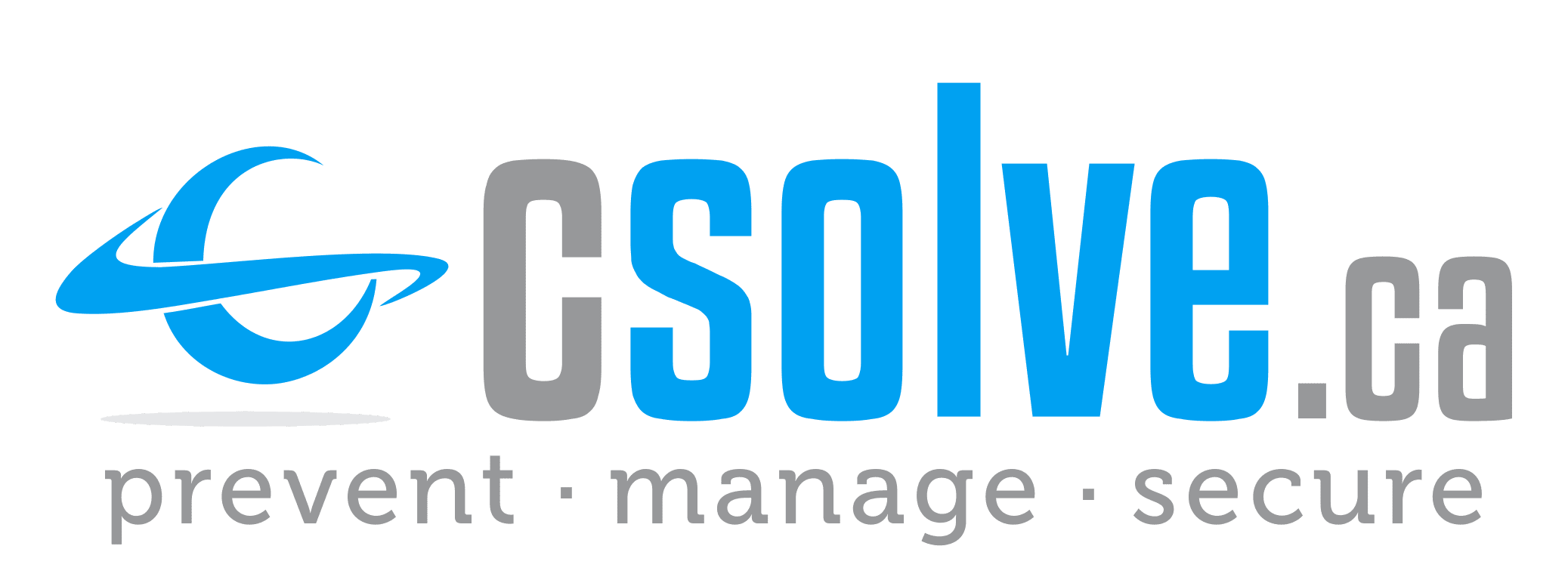
- Failing to monitor the dark web can lead to severe financial losses, reputational damage, and compliance violations.
- Dark web monitoring helps identify exfiltrated data and potential cyber threats before they result in ransomware attacks or business email compromises.
- Regular monitoring makes sure that sensitive data, including customer details, financial information, and intellectual property, is not sold or traded.
The dark web, which is a hidden part of the internet, is a thriving marketplace for stolen data, including sensitive business information. If your business’s data is leaked onto the dark web, it can lead to severe damages and compliance violations. Even if you believe your systems are secure, cybercriminals can exploit employee negligence, phishing scams, or unpatched vulnerabilities.
Failing to monitor this space puts your business at serious risk, especially in this hyperconnected world.
The Real Costs of Ignoring Dark Web Monitoring
Without dark web monitoring, you won’t know your data is being sold or traded until it’s too late. This can impact your business in multiple ways—like financial loss, reputation damage, operational disruption, and even legal ramifications.
Under Canadian laws like PIPEDA, you must protect customer data or face steep fines. This means recovering from a data breach costs an average of $4.66 million in Canada. This includes fines, lawsuits, and loss of business.
Some of the risks of skipping dark web monitoring are:
Data Exfiltration and Ransomware Attacks
Cybercriminals generally turn to the dark web not just to sell stolen data but to exchange tools and techniques for executing high-level ransomware attacks. Data exfiltration is often the precursor to ransomware campaigns, where sensitive corporate information is sold or used as leverage to demand payments.
Dark web monitoring detects exfiltrated data before it is used in a ransomware attack, allowing you to take a proactive approach to such sophisticated attacks that can paralyze your business.
Supply Chain Attacks and Third-Party Vulnerabilities
Modern cyberattacks frequently target third-party vendors and suppliers to trade information about security gaps in systems used by your partners. Supply chain vulnerabilities are hard to detect and require a continuous approach to security. If you aren’t monitoring the dark web for these threats, your organization could become an unintended victim of a broader attack on a trusted partner.
Business Email Compromise (BEC) Through Credential Harvesting
Attackers steal login details through phishing or breaches and then use this data to infiltrate email accounts. This has become a highly sophisticated method of fraud, where attackers impersonate executives or employees to authorize large wire transfers, steal sensitive intellectual property, or damage a company’s relationships with clients.
Insider Threats with Deep Web Collaboration
These individuals might provide access to sensitive company data, intellectual property, or internal systems in exchange for monetary gain. Insider threats are harder to detect through conventional security measures, especially if the data is then sold or used for corporate theft.
Dark web monitoring helps detect any unusual mentions of your organization, employees, or proprietary information, even if they are exchanged behind the scenes.
Targeted Attacks Using Information from Cybercrime Forums
Dark web forums are filled with discussions on zero-day exploits, malware kits, and advanced hacking tools. Criminals use these resources to craft highly customized attacks, often targeting vulnerabilities that your business may not even know exist.
Without constant monitoring, you may miss early indicators of an impending attack, giving attackers a head start in exploiting those vulnerabilities.
Disruption of Mergers & Acquisitions (M&A)
Sensitive financial documents, strategic plans, and legal communications often find their way to the dark web, especially after mergers and acquisitions. If your business is undergoing an M&A, it’s vital to check for dark web mentions to avoid negative consequences like stock price depreciation or reputational damage.
IoT and Infrastructure Vulnerabilities
In an interconnected digital environment, a hacker exploiting a single unpatched vulnerability on an IoT device can have far-reaching consequences. This kind of security risk can multiply quickly and affect thousands of customers and businesses.
Dark web monitoring can proactively detect and alert you to data breaches or IoT device hacks that could endanger your organization.

Steps to Implement Them for Your Business
By integrating this essential service into your cybersecurity strategy, you can make sure that your business stays ahead of potential threats. Here’s how you can implement dark web monitoring for your business:
Assess Business Needs and Identify Key Data
Start by identifying the sensitive data your business holds that could be targeted on the dark web, such as customer details, payment information, intellectual property, or employee records. Assess the risks specific to your industry, whether it’s the threat of financial fraud, intellectual property theft, or exposure to personal data. This will help you prioritize which data to monitor and how extensive the monitoring should be.
Select the Right Monitoring Tools
Look for professional services that allow you to customize monitoring based on keywords or data types specific to your business. The right tool should alert you as soon as your sensitive data is detected, enabling a quick response. Integration with your existing security system offers efficient threat detection and mitigation.
Set Up Custom Alerts and Parameters
Configure alerts that notify you immediately when your data is found on the dark web. Tailor the monitoring parameters to track keywords relevant to your business, such as company names, employee emails, or product information. This makes you timely alerts for only relevant threats, minimizing noise and focusing on the most important risks.
Develop a Response Plan for Data Breaches
Outline the steps for securing compromised data, investigating the source of the leak, and notifying stakeholders, such as customers and regulators. Familiarize yourself with compliance requirements like GDPR or PIPEDA to ensure legal obligations are met and prevent penalties.
Train Employees on Data Security
Educate them on risks like phishing and social engineering, which can lead to data exposure. Regular security training, such as using strong passwords and enabling multi-factor authentication, will help reduce the likelihood of security breaches and protect sensitive data.
Conduct Regular Monitoring Reviews
Regularly assess the effectiveness of your monitoring system, adjust monitoring criteria as needed, and adapt to new threats. Stay updated on emerging cybercrime tactics to keep your strategy aligned with the latest risks.
Want to assess your network for robust cybersecurity? We, at Compu-SOLVE Technologies, can offer the best solutions to protect your data from cyberattacks with our optimized dark web monitoring services. Contact us to equip your systems for the steady growth of your business!



